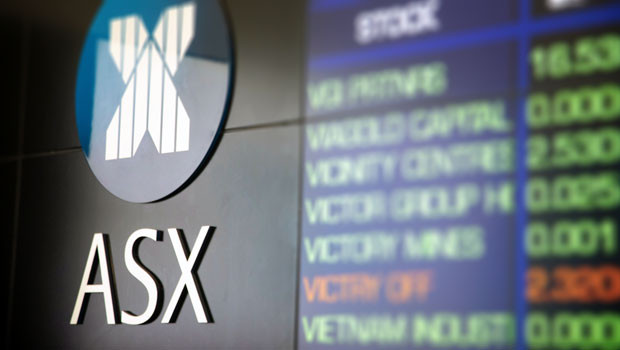Asia report: Stocks mixed ahead of busy week for economic data

Asia-Pacific markets ended with a mixed performance on Monday as investors awaited critical economic data and monetary policy decisions from several countries.
Notable highlights of the week ahead include policy decisions from Japan and Malaysia, inflation data from South Korea, and gross domestic growth figures from Taiwan and Hong Kong.
“Asia stock markets experienced mixed trading with most major indices ending in negative territory,” said TickMill market analyst Patrick Munnelly.
“The ongoing geopolitical concerns remained at the forefront of investor sentiment as the month-end and upcoming risk events loomed.
“The Nikkei 225 was the weakest performer, down by 1.0%, as yields increased and the Bank of Japan initiated its two-day policy meeting, which some considered a live meeting.”
Munnelly noted that both the Hang Seng and Shanghai Composite initially dropped, with energy stocks and financials being affected, but later hopes of improved US-China relations emerged following a meeting between the US Secretary of State and Chinese Foreign Minister.
The pair agreed to work toward a meeting between presidents Joe Biden and Xi Jinping in November.
“October Chinese purchasing managers’ index (PMI) data will offer additional insights into whether the concerns about weakening growth in the world’s second-largest economy are substantiated.
“Additionally, the Bank of Japan is scheduled to provide a policy update, and the consensus expectation is for it to maintain its existing interest rates and yield curve control policy.
“However, there is a possibility that the effective ceiling for Japanese 10-year government bond yields may be adjusted.”
Equity markets in a mixed state across region
In Japan, the Nikkei 225 index declined by 0.95% to close at 30,696.96, while the Topix index fell by 1.04% to 2,231.24.
The decline on Tokyo’s benchmark was reflected in the stock prices of companies such as Hino Motors, Omron, and Sumitomo Dainippon Pharma, which saw significant drops of 18.67%, 15.83%, and 11.26%, respectively.
China, on the other hand, saw a more upbeat performance, with the Shanghai Composite edging up by 0.12% to 3,021.55 and the Shenzhen Component rising 1.61% to 9,927.99.
Notable gainers in Shanghai included China Enterprise Co and Fujian Furi Electronics, which saw increases of 10.15% and 10.06%, respectively.
In Hong Kong, the Hang Seng Index barely moved, with a slight gain of 0.04% to close at 17,406.36.
Companies like Sunny Optical Technology, Hansoh Pharmaceutical Group, and SMIC posted gains of 5.76%, 6.25%, and 6.15%, respectively.
South Korea’s Kospi index experienced a modest increase of 0.34% to reach 2,310.55.
Notable performers in Seoul included F&F Co and Lotte Chemical, which saw gains of 7.59% and 6.95%, respectively.
In Australia, the S&P/ASX 200 index decreased by 0.79% to 6,772.90, with the decline led by IGO and Whitehaven Coal, which fell by 9.01% and 5.57%, respectively.
New Zealand’s S&P/NZX 50 index declined by 0.23% to 10,741.57, with companies like Investore Property and SkyCity Entertainment Group posting losses of 3.36% and 2.63%, respectively.
In the currency markets, the dollar was last down 0.01% on the yen, trading at JPY 149.64.
The greenback was also in the red against the downunder dollars, falling 0.31% against the Aussie to AUD 1.5736 and sliding 0.17% on the Kiwi to change hands at NZD 1.7181.
Oil prices were also on the back foot, with Brent crude futures last down 1.05% on ICE at $89.53 per barrel, while the NYMEX quote for West Texas Intermediate was 1.38% softer at $84.36.
Retail sales increase beats expectations in Australia
In economic news, Australia’s retail sector saw a notable uptick in September, registering a month-on-month increase of 0.9% in seasonally-adjusted retail sales.
That growth represented a significant acceleration compared to the 0.2% increase recorded in August and surpassed expectations set by economists polled by Reuters for a more modest 0.3% rise.
However, on a year-on-year seasonally-adjusted basis, Australia’s retail sales experienced a 2% decline, according to the statistics bureau in Canberra.
The Reserve Bank of Australia monitors retail sales figures as one of its key metrics in evaluating monetary policy.
“Australian retail sales registered a stronger-than expected month-on-month rise in September, which strengthened expectations for another Reserve Bank of Australia rate hike on 7 November,” noted analysts at RaboResearch.
Reporting by Josh White for Sharecast.com.